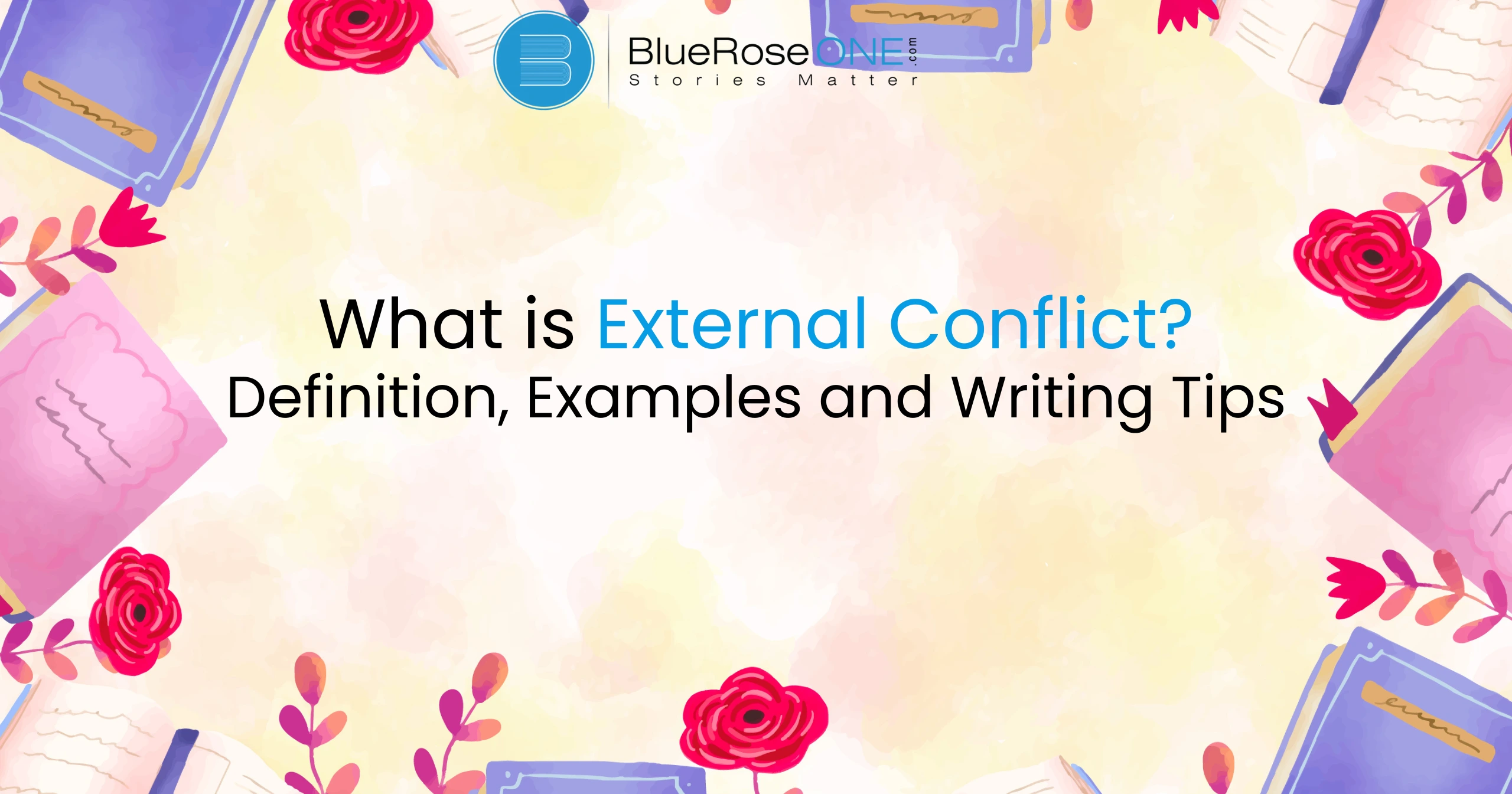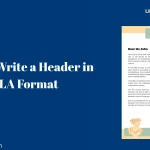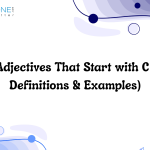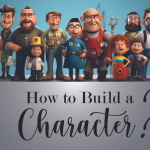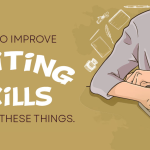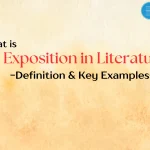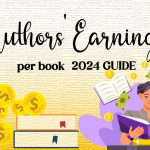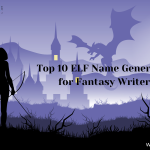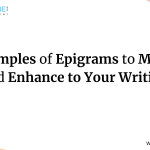Consider your favorite story—a thrilling survival story, a heroic fight, or a suspenseful courtroom drama. What keeps you hooked? External conflict is most likely to be the source of tension. This story aspect places characters in difficult situations that test them to their limits. Understanding external conflict is critical for crafting stories that attract readers and make a lasting impact.
What is External Conflict?
External conflict is a struggle between a character and an outside force that propels the plot forward. This struggle may involve another individual, society, nature, or even technology. It tests the protagonist and builds suspense, keeping the plot interesting. Katniss Everdeen, for example, must deal with the repressive laws of the Capitol in The Hunger Games. External conflict raises the stakes and drives characters to make decisions, demonstrating their development and resilience as they overcome obstacles.
You may also read: Audible Titles vs. Physical Books: Which One is Better for you?
Difference Between External and Internal Conflict
External conflict occurs when a character meets challenges from outside sources, such as confrontations with other characters, impediments, or forces such as nature or society. Internal conflict, on the other hand, occurs within a character’s mind and consists of emotional conflicts, uncertainties, or moral quandaries. External problems propel the plot along by presenting obvious challenges, but internal conflicts enhance a story by revealing a character’s inner reality. They provide dimension to the characters and tales, making them more approachable and intriguing for readers.
You may also like: List of 10 Best Libraries in Bristol for Bookworms
Types of External Conflict
Character vs. Character
Character vs. Nature
Character vs. Nature is an external conflict in which a character battles natural forces such as weather, animals, or calamities. This struggle frequently displays human vulnerability and resilience in the face of uncontrollable factors. For example, in Ernest Hemingway‘s The Old Man and the Sea, the protagonist faces both a marlin and the perils of the sea. This sort of confrontation heightens drama by pushing characters against nature’s unpredictable forces, emphasizing their physical and emotional strength in survival situations.
Character vs. Society
Character vs. Society is a sort of external conflict in which a character challenges societal norms, standards, or expectations. This battle frequently highlights topics such as injustice, inequality, and rebellion. The protagonist may dispute laws, cultural norms, or a community’s opinions. Katniss Everdeen, for example, faces off against a corrupt government structure in Suzanne Collins’ The Hunger Games. This sort of conflict heightens tension by emphasizing the individual’s struggle for change or survival against bigger societal forces.
You may also read: Top 10+ Must Read Books for Teens in 2025
Character vs. Technology
Character vs. Technology refers to an external battle in which a character encounters technological problems such as advanced machinery, artificial intelligence, or futuristic systems. This battle frequently addresses issues like humanity’s reliance on technology and the possible perils of innovation. For example, in The Terminator, humans face up against formidable machines that threaten their lives. Writers exploit this conflict to illustrate ethical quandaries, the tension between progress and control, and the challenges of upholding human values in a technologically advanced environment.
Character vs. Supernatural
You may also like: How to Publish a Book? | Publish a Book | BlueRoseOne
Why is External Conflict Important in Stories?
Builds Drama and Tension
Drives the Plot Forward
External conflict is vital in stories because it moves the plot along. This form of conflict, such as a character confronting opposition from others, nature, or society, provides roadblocks that propel the story forward. Without external conflict, the story would lack movement and urgency, making it impossible to keep the reader’s attention. It compels characters to make decisions, take acts, and change, which keeps the plot interesting and contributes to the story’s themes.
Reveals Character Strengths and Weaknesses
External conflict is significant in stories because it highlights a character’s strengths and faults. When characters face external problems, such as a villain, nature, or cultural constraints, they must respond in ways that reflect who they truly are. For example, a character may show bravery in a perilous scenario, demonstrating their strength. On the other side, they may demonstrate fear or vulnerability, revealing their flaws. These moments assist readers appreciate the complexities of a character’s nature.
You may also like: List of Top 10 Famous Durjoy Dutta Books of All Time
How to Write External Conflict Effectively
Develop Relatable Characters
Create High-Stakes Situations
Balance External and Internal Conflicts
Balancing external and internal issues improves a story’s engagement and realism. External conflicts, such as battles, rivalries, or natural disasters, drive the plot and pose visible problems to the characters. However, combining these with internal conflicts such as dread, self-doubt, or moral quandaries increases depth and relatability. For example, a hero may battle to defend others (external) while confronting their own concerns (internal). This balance allows readers to identify with the characters and makes the story emotionally engaging.
You may also read: List of Top 10 Nikita Singh Books of All Time
Use Conflict to Show Growth
Keep It Believable
You may also read: What is Plot Structure? Definition with Examples
Examples of External Conflict in Literature and Media
Famous Examples in Literature
- To Kill a Mockingbird by Harper Lee: Atticus Finch battles societal racism.
- Moby-Dick by Herman Melville: Captain Ahab faces the forces of nature and obsession.
Iconic Examples in Movies and TV Shows
- Jurassic Park: Characters fight for survival against genetically engineered dinosaurs.
- Breaking Bad: Walter White’s external conflicts with law enforcement and rival drug lords intensify the story.
Common Mistakes to Avoid When Writing External Conflict
Overcomplicating the Plot
One typical mistake when writing external conflict is confusing the plot. Including too many twists, subplots, or characters can overload readers and detract from the main struggle. A clear, focused storyline keeps the tension high and the stakes relevant.
Avoid needless complication by prioritizing the main conflict and ensuring that all subplots support it. Simplicity does not imply boredom; rather, it allows the story’s central conflict to shine, making it simpler for readers to identify with the characters and their journey.
You may also like: Pulitzer Prize Fiction Winners by Year: A Complete List
Ignoring Character Motivation
Leaving out character motivation is a common mistake when creating external conflict. External conflicts are more fascinating when they are motivated by the characters’ desires or fears. If their actions appear random or inexplicable, the battle may feel superficial and dull. For example, a character fighting a villain should have a clear motivation, such as protecting loved ones or pursuing justice. To avoid this, ensure that your characters’ objectives are obvious and closely related to the external conflict.
Making the Conflict Too Predictable
One typical error in writing external conflict is making it too predictable. If readers can easily predict the outcome of a conflict, they may lose interest in the novel. Avoid excessively known plots and stereotyped resolutions. Instead, use twists, unanticipated hurdles, or morally hard judgements to keep readers interested. By making the conflict dynamic and unexpected, you build tension and inspire readers to remain immersed in the characters’ problems and the story’s outcome.
You may also like: How to Avoid Plagiarism in Assignment: 10 Easy Steps
Conclusion
External conflict is the foundation for fascinating storytelling. It tests the characters, propels the plot, and interests readers. Mastering this factor allows you to tell stories that resonate with your audience long after they’ve finished reading.
Frequently Asked Questions
The primary types include Character vs. Character, Character vs. Nature, Character vs. Society, Character vs. Technology, and Character vs. Supernatural.
Absolutely! Combining both types of conflict adds depth and richness to the narrative.
How do external conflicts enhance character development?
External conflict is the challenge or struggle, while the plot is the sequence of events driven by that conflict.
Yes, many external conflicts can be resolved through negotiation, clever strategy, or emotional breakthroughs.

